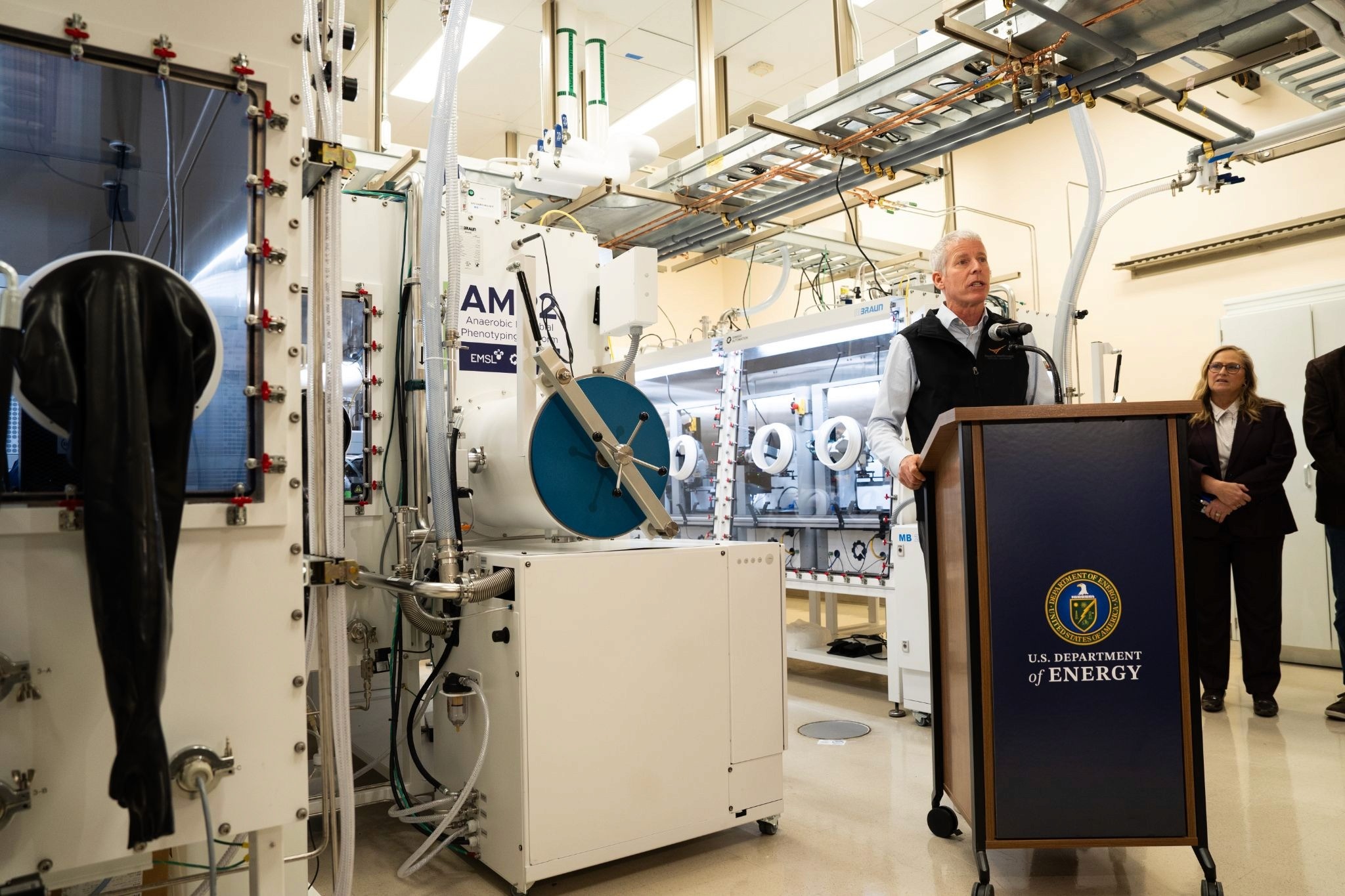Engineered Human Therapies
From Rats to Riches: Are Mole Rats the Key to a Longer Life?
Genetic modification of mice with naked mole rat genes reveals enhanced cancer resistance, improved health, and increased longevity
Aug 26, 2023
University of Rochester photo / J. Adam Fenster
A team of researchers at the University of Rochester has achieved a remarkable feat - the successful transfer of a longevity gene from the naked mole rat to mice, resulting in improved health and an extension of the mouse’s lifespan.
The naked mole rat, celebrated for its remarkable longevity and resilience against age-related afflictions, has long held the scientific community in thrall. This latest development has opened new avenues of exploration into the realm of aging, holding at its forefront the prospect of extending the human lifespan.
Vera Gorbunova, the Doris Johns Cherry Professor of Biology and Medicine at the University of Rochester, stated, "Our study provides a proof of principle that unique longevity mechanisms that evolved in long-lived mammalian species can be exported to improve the lifespans of other mammals." In an article published in Nature, Gorbunova, in collaboration with Andrei Seluanov and their colleagues, detailed the effort. The transplantation of a gene responsible for the production of high molecular weight hyaluronic acid (HMW-HA) from the naked mole rat to mice resulted in improved health and a roughly 4.4 percent extension of their median lifespan.
Naked mole rats defy the ordinary lifespan of creatures their size, with some individuals living up to an astonishing 41 years - nearly a decuple of their similarly-sized rodent peers. What truly sets them apart is their ability to resist a number of age-associated diseases, including neurodegeneration, cardiovascular disease, arthritis, and cancer.
Gorbunova and Seluanov, over the course of decades, have dedicated themselves to deciphering the secret to the naked mole rat's immunity to aging and disease. Previous research unveiled the pivotal role of HMW-HA in the naked mole rat's exceptional cancer resilience. When compared to mice and humans, naked mole rats boast nearly tenfold the quantity of HMW-HA through their bodies. When this vital substance was extracted from naked mole rat cells, the cells were more likely to form tumors.
Fueled by this discovery, Gorbunova, Seluanov, and colleagues set out to ascertain whether these properties could be transplanted into other species.
Through genetic modification, a mouse model was endowed with the naked mole rat variant of the hyaluronan synthase 2 gene, the gene responsible for generating the protein that produces HMW-HA. While all mammals possess this gene, the naked mole rat's version exhibits greatly heightened gene expression.
Mice endowed with the naked mole rat gene exhibited significantly enhanced protection against both spontaneous tumors and chemically induced skin cancer. These mice also enjoyed improved overall health, leading to an extended lifespan in comparison to their unaltered counterparts. As the mice aged, they also displayed lower levels of inflammation throughout their bodies, a hallmark of the aging process, and maintained a healthier gastrointestinal milieu.
While the precise mechanisms underpinning HMW-HA's extraordinary effects warrant further investigation, the researchers posit that its remarkable ability to directly modulate the immune system is key.
Vera Gorbunova enthused, "It took us ten years from the discovery of HMW-HA in the naked mole rat to showing that HMW-HA improves health in mice. Our next goal is to transfer this benefit to humans."
These ambitions rest on two potential avenues: the deceleration of HMW-HA degradation or the augmentation of its synthesis. Seluanov said, "We already have identified molecules that slow down hyaluronan degradation and are testing them in pre-clinical trials. We hope that our findings will provide the first, but not the last, example of how longevity adaptations from a long-lived species can be adapted to benefit human longevity and health." In the annals of scientific exploration, this remarkable achievement stands as a testament to the boundless potential of genetic research in the quest for an elusive fountain of youth.”


















